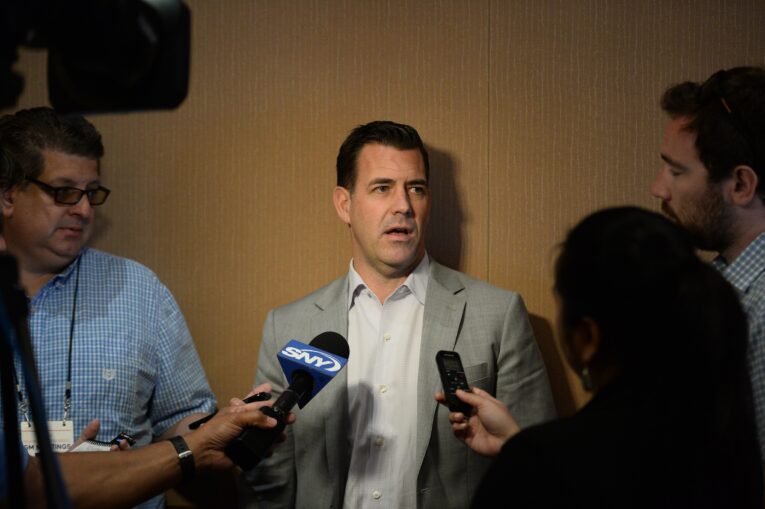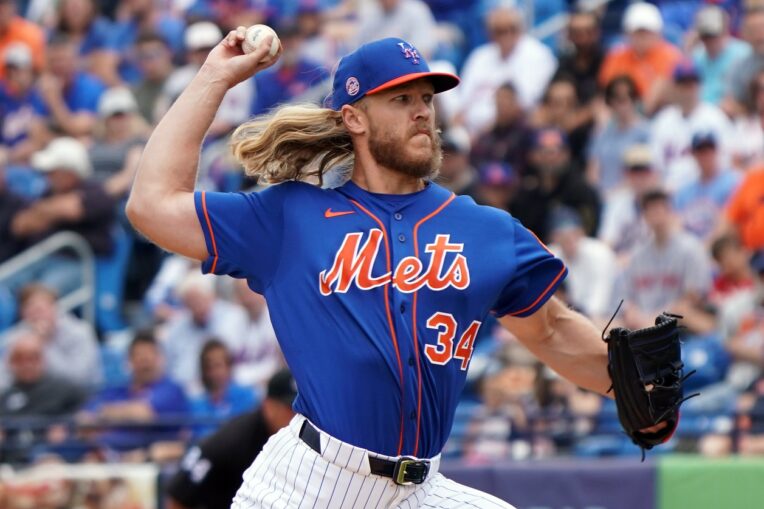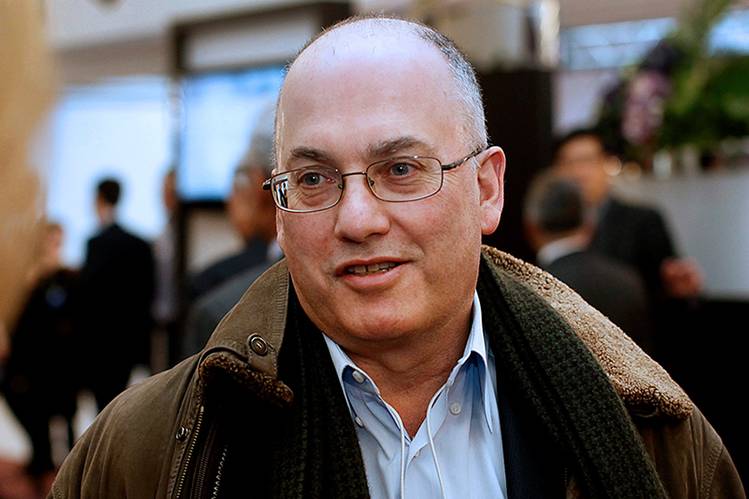
The 2020 MLB Trade Deadline is set for Monday at 4 p.m. EDT, meaning the New York Mets have a few more hours to decide how they want to address the 2020 season and beyond.
The Mets have made some aggressive moves at times during Brodie Van Wagenen’s tenure as general manager, but this is not the time for aggressive moves.
The temptation may be there for some aggressive moves. After all, despite having a subpar 15-19 record on the season, the Mets are only 1.5 games behind a playoff spot because of expanded playoffs.
However, with the exception of the Pittsburgh Pirates, every team in the National League is within three games of the No. 7 and No. 8 seed Wild Card spots, meaning there are essentially eight teams with a chance at the two final playoff spots, if they cannot clinch first or second in their division.
Among the 15 teams in the NL, the Mets have had their share of bad luck. They are 0-3 in extra inning games and 3-7 in one-run games, comparable only to the Pirates who are 1-4 in extras and 3-7 in one-run games.
However for the Mets, it is more than just being unlucky. While they do not hold an NL-worst -44 run differential like the Pirates do, they do hold the fifth-worst run differential (-15) in the NL.
The truth of the matter is that the Mets are really not that good of a team in 2020 and it would be hard to expect them to be after all that has happened up until this point. The team has had its share of underperformances, opt outs and injuries. However, no area of their team has experienced more setbacks than their rotation.
The once formidable starting rotation is currently in shambles. The Mets let Zack Wheeler walk in free agency and went into the season with hopes that between a full season of Marcus Stroman, and either Rick Porcello or Michael Wacha rounding out the rotation, they would not miss Wheeler all that much. Instead, Wheeler is thriving with the Philadelphia Phillies, while the Mets struggle to piece together a rotation.

The rotation has taken hit after hit since then, starting with Noah Syndergaard needing Tommy John surgery at the end of March. Stroman later opted out of the season and recently Steven Matz was bumped from the starting rotation for performance reasons and is now on the injured list with shoulder discomfort.
Wacha, who looked like the odd man out of the rotation going into the season, looked to play an important part as the season got underway. However, he had missed time with injury and has underperformed while healthy. Porcello has not been much better, but has mixed in a few good starts at times.
Aside from phenom Jacob deGrom, the rotation also currently consists of rookie David Peterson, and most recently Robert Gsellman and Seth Lugo.
Peterson has been a pleasant surprise, but his contributions were put on hold for a couple of weeks after spending time on the injured list with shoulder fatigue. Gsellman has had varying success in three brief starts and Lugo has found more success in two brief starts, but the bullpen has been subsequently affected.
With all this in mind, the Mets may be eager to make a move to help solve their various problems, but they need to be careful with any short fixes, projects or big splashes.
Under Van Wagenen’s tenure, had the Mets not opted to trade for Edwin Diaz, Robinson Cano and Stroman, they would currently have Anthony Kay and Justin Dunn contributing to the team in their pre-arbitration years. Furthermore they would have saved money and also had Simeon Woods Richardson and Jarred Kelenic in their farm system.
Had Van Wagenen not signed a short-term option in Jed Lowrie or reclamation projects in Porcello and Wacha, they could have easily re-signed Wheeler who showed a willingness to return to the Mets.

Photo: Wall Street Journal
In the end all these deals were made due in part to constraints on spending which come from ownership. With the potential of Steve Cohen purchasing the Mets, these constraints could become a thing of the past sooner rather than later.
Therefore the key for the Mets heading towards the trade deadline should be to avoid deals that will cost prospects of any significant value as the team may soon enough be able to forgo draining their farm system via risky trades and instead pursue big-time free agents like most big-market teams.
The Mets may still make the playoffs in 2020 due to the expanded field, but their subpar play does not justify them being buyers. Making the playoffs alongside 15 other teams in a 60-game season is not worth mortgaging the future. With a field that big, the Mets have a greater chance of being bumped early on anyway, especially if they just make it in by the skin of their teeth.
On the other side of the coin, they should not be big sellers. The core of young talent already on the team, the return of Syndergaard, the money coming off the books at the end of the season and the anticipated change of ownership give them a bright future that they should build off of instead of tearing down.
If the Mets want to acquire some pitchers to help take the stress off the starting rotation and/or the bullpen, they must make sure they fit into their future plans. Otherwise the Mets should either trade soon-to-be free agents or stand pat.















